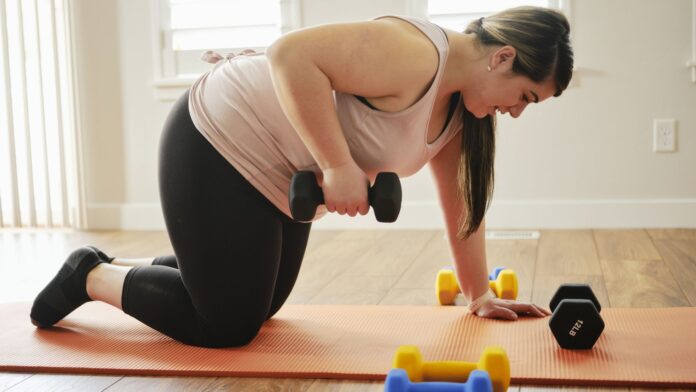By Amanda Capritto 2020
The pursuit of fitness is inherently geared toward middle and upper-class consumers. Traditional fitness opportunities, such as paying a membership fee to access a gym or fitness studio, are cost, time, and transportation-prohibitive.
The COVID-19 crisis initiated a long overdue and incredibly necessary equalization of fitness. With gyms and fitness studios closed, two important shifts occurred: Consumers’ perception of fitness changed, and the number of low-cost digital fitness offerings skyrocketed.
These two shifts have reduced the barrier to entry for fitness and allow lower-income families with time-restrictive jobs to enjoy more physical activity.
The individual’s mindset and perception of working out have shifted…More individuals are involving themselves with outdoor training — running on the track, going for a walk. — CJ HAMMOND, CPT (a certified personal trainer with RSP Nutrition)
You don’t need a gym membership to get or stay fit.
The “all or nothing” mindset is so pervasive in the fitness industry that many people feel as if exercise isn’t worth it if they don’t have access to the nicest and newest tools, weights, machines, and platforms. But, that’s not true in the slightest: All exercise is worth it, and the COVID-19 pandemic has helped many people understand that.
Walking is the most underrated form of exercise.
Before the coronavirus pandemic, many fitness enthusiasts may have felt like walking was pointless — why walk when you can burn more calories and build muscle in the gym? However, with gyms closed and the weight of the world bearing down on people, walking emerged as a relaxing, efficient, effective way to exercise during the coronavirus pandemic.
Working out at home can encourage consistency.
There are so many “individuals who would not regularly train in the gym based on their phobias,” Hammond says, referring to fears like being judged for the way they look, the workouts they choose, or the simple fact that they’re a beginner.
“Having an online training program [gives] you the freedom that allows you to focus on your results” instead of the way you look, Hammond says. This has been crucial for people with gym intimidation, he says, helping them to understand how fitness can change their lives without facing judgment (whether said judgment is perceived or real).
Now that individuals don’t feel comfortable going to a gym (or just can’t due to closures or other barriers), online training has risen to the forefront and it’s beneficial for both clients and trainers.
“It’s much cheaper than buying a training program with a monthly membership fee, with a transportation fee to get to and from the gym,” Hammond says, “… and you’re still able to get the individual attention of your trainer.”
–
The article lighted a fact which people should have realized earlier which is that the best exercise is usually free fun and accessible. It was the misassumption a lot of people had that gym and fitness are costly. As the pandemic leveled the playing field for fitness opportunities, there’s a surge of people who are invited to the fitness lifestyle. Though it is more inclusive, It is far from perfect: many people are still facing barriers when it comes to exercising, such as time and space constraints. The question becomes where do the newcomers go? and How do we design a system that is friendly for them to access and navigate?




